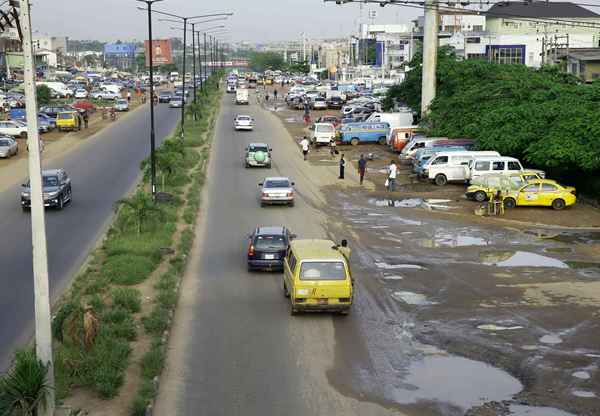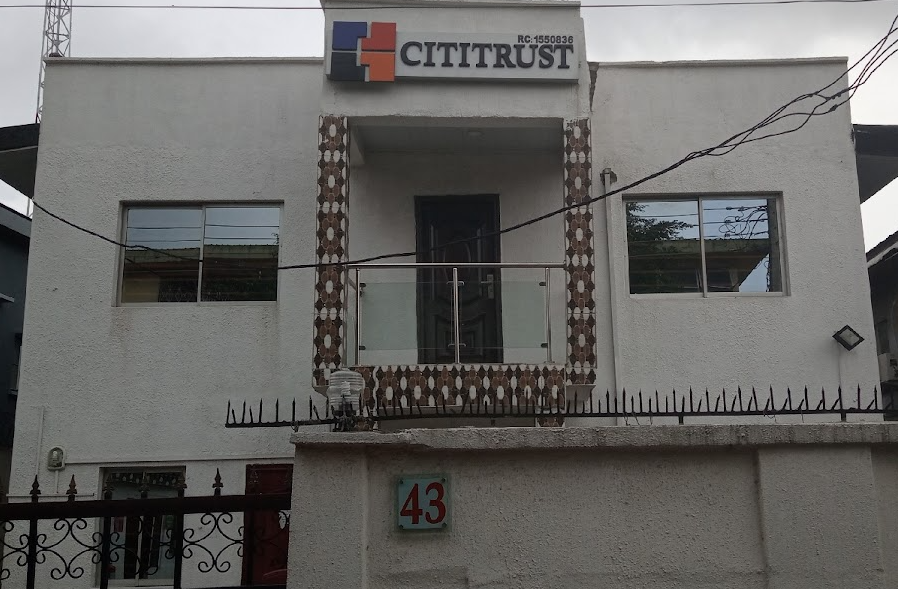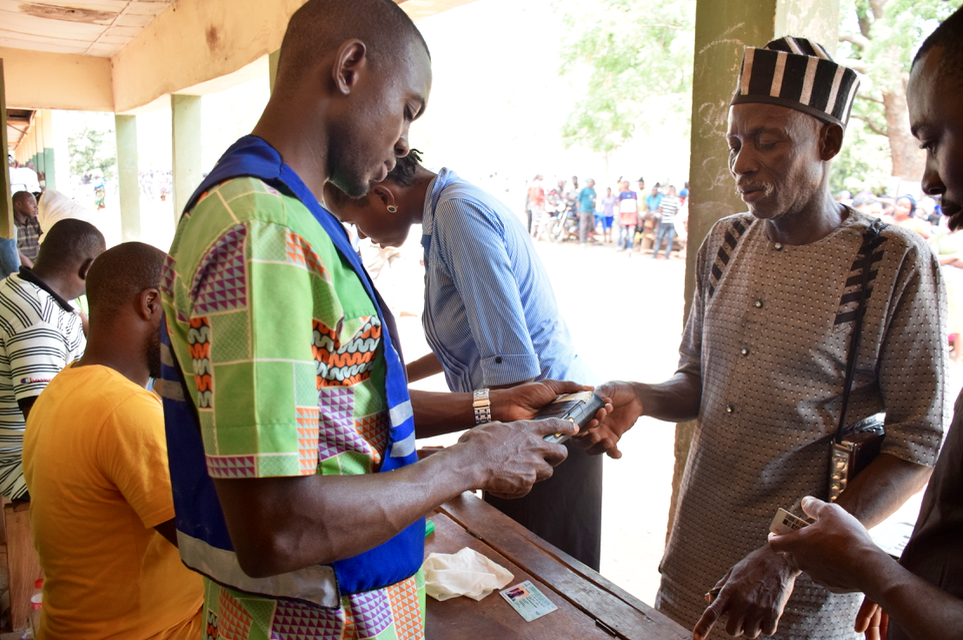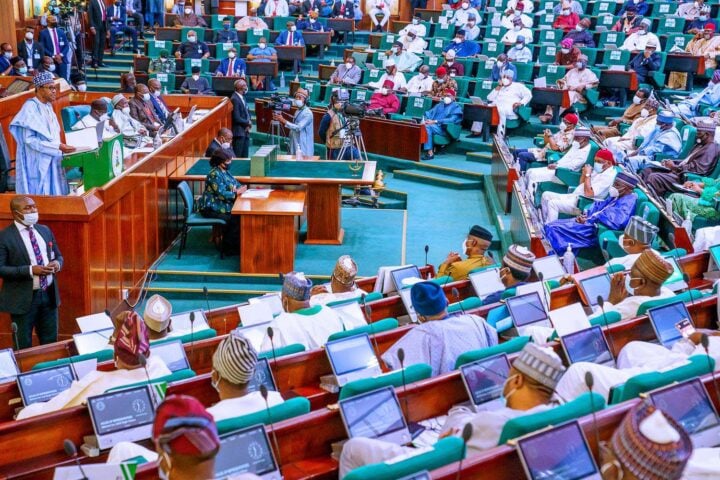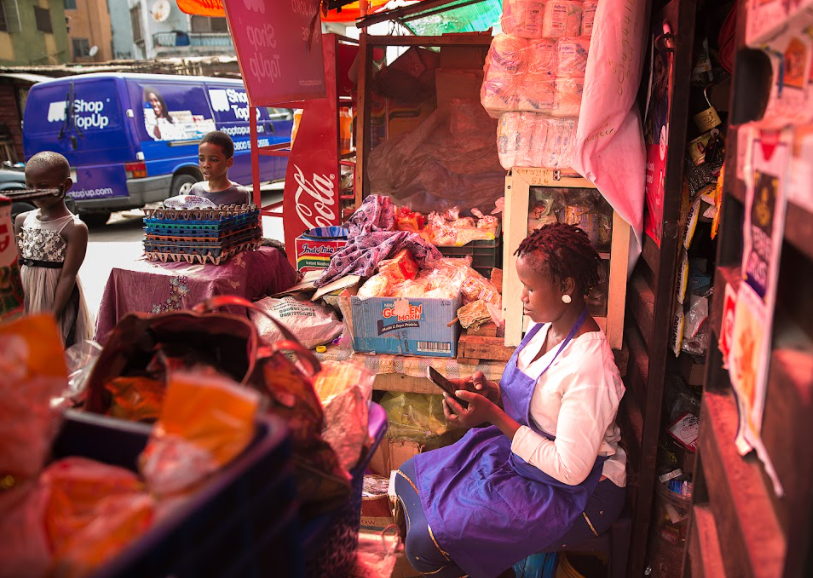BY GBENGA ONABANJO
A group of young boys and girls between the ages of 5 and 10 attended my civic studies class where the discussion was on infrastructure development. With the massive investments in infrastructure at both the state and federal levels, particularly in the urban mass transit systems, we reviewed some videos of BRT systems in Nigeria and in other parts of the world, including the one in Gazipur, Bangladesh, a country that is said to be on track to graduate from the United Nation’s least developed countries (LDC) list in 2026.
Referring to the BRT system at Gazipur, I was awed and equally heartbroken when a young girl said: “How I wish our environment is as beautiful as this?”
I immediately inquired from her: “What exactly do you like in the video you saw?” She went on to explain how she loved the lush garden, the sparkling roads, the sculptural works in the garden, the water fountain, the clean and sparkling sidewalks, the orderly manner vehicles moved, obeying of traffic signals, etc. The other children reiterated the same things. One thing was very clear: these young ones know what the ideal environment should be, and it would be nice if the system paid attention to those fine details.
Advertisement
It was on that note I paid a visit to the Mobolaji Johnson Train Station in Lagos not long after. I was pleasantly surprised at the beauty and sheer scale of the iconic structure: the ambience, design, attention to detail, quality of workmanship and the cleanliness of the environment. For a moment, I got transfixed thinking I was in a dreamland. Amazingly, this was Lagos, Nigeria!
The transportation infrastructure currently being aggressively pursued by the Muhammadu Buhari administration at the federal level, as well as by the Lagos state government at the state level, are beginning to take firm roots and are changing the outlook of our infrastructural landscape. These infrastructures have social, economic and environmental impacts on the citizenry, driving economic growth, and creating nodal centres for physical development. These can be harnessed to form the fulcrum to change the narrative of our urban centres which in recent times have been characterised by chaos, disorder, filth, overcrowding, pollution and uncontrolled and uncoordinated growth patterns. We need an environmentally sensitive urban agenda.
Lagos, being one of the most densely populated cities in the world, has a challenge with migrants coming in from other parts of the country on a daily basis. This has given rise to crowded urban centres like Mile 2, Oshodi, Ojodu Berger, Ojuelegba, Ajah, Oke Arin, Idumota, Oyingbo, to mention a few. These areas have serious environmental challenges that have effects on the health, productivity, security, and wellbeing of the citizenry.
Advertisement
Our communities are meant to be products of shared vision through collective persuasion of an ideal process, pattern and structure, rather than of compulsion inflicted upon us either by default or accident of circumstances. Most of these urban centres sprang up organically and uncontrolled. They need to be consciously and deliberately renewed to reflect the ideals of who we really are.
It is in this light that I remain an unrepentant optimist and make a passionate appeal for us as a people to latch on to these laudable projects on transportation infrastructure and give it a two-prong approach: one, to improve infrastructure, and the other, to renew, regenerate and rehabilitate the corridors and the environments these infrastructures are located.
There is a need for a paradigm shift in the procurement and in the execution of these projects. A typical case study is the 37-kilometre Blue Line Metro System from Okokomaiko through the national theatre to Marina on Lagos Island. The stretch from the national theatre to Okokomaiko, which had reached practical completion a few years ago, is currently in a state of dilapidation due to lack of use. The entire corridor is ridden with weeds, refuse, and decay, whilst the elevated stations and pedestrian bridges are in various stages of dilapidation. This pathetic sight of wanton destruction and vandalisation of our collective wealth calls for urgent action to reverse the ugly trend.
The surge in transportation infrastructure should be adopted as a vehicle to restore and regenerate our environment which needs to be improved upon progressively. This should be seen as a renaissance of some sort of our environment.
Advertisement
Since roads, bridges, drainages, bus and train stations are a major part of our transportation infrastructure, the following template can be adopted in achieving this desired goal.
- Strategic implementation and pre-contract plan using international best practices.
- Pre-implementation information, orientation, enlightenment and stakeholder engagement.
- Execution of projects to the highest level of proficiency, taking into consideration the following: piped drain and underground services, standard walkways, properly delineated roads and lane markings, intentional landscape and beautification, and compulsory post-contract maintenance.
I believe our environment will take a turn for the better and will form the springboard for its renaissance if this template is embraced.
Onabanjo is a Lagos-based architect, environmentalist, public commentator and the chief responsibility officer at Go-Forte Foundation.
Advertisement
Views expressed by contributors are strictly personal and not of TheCable.
Add a comment
